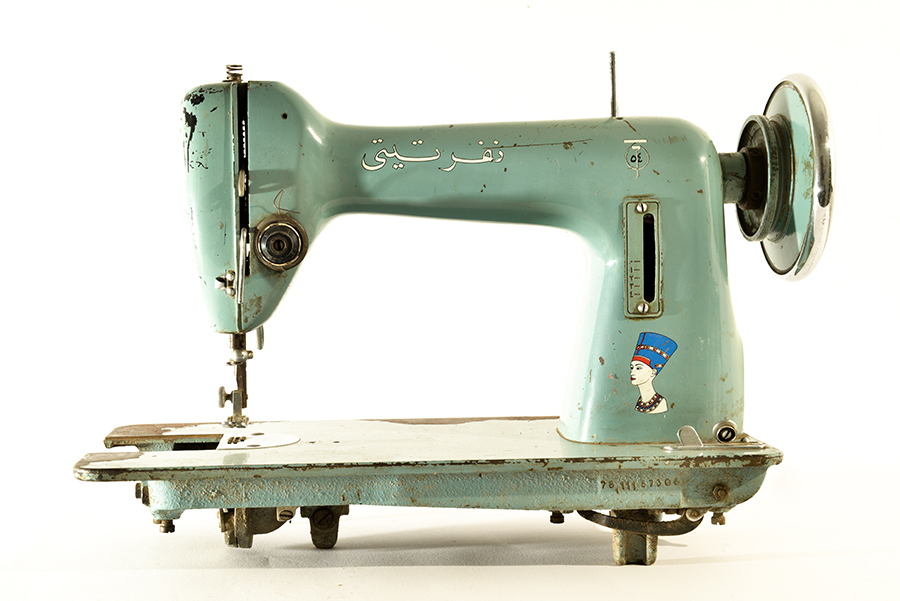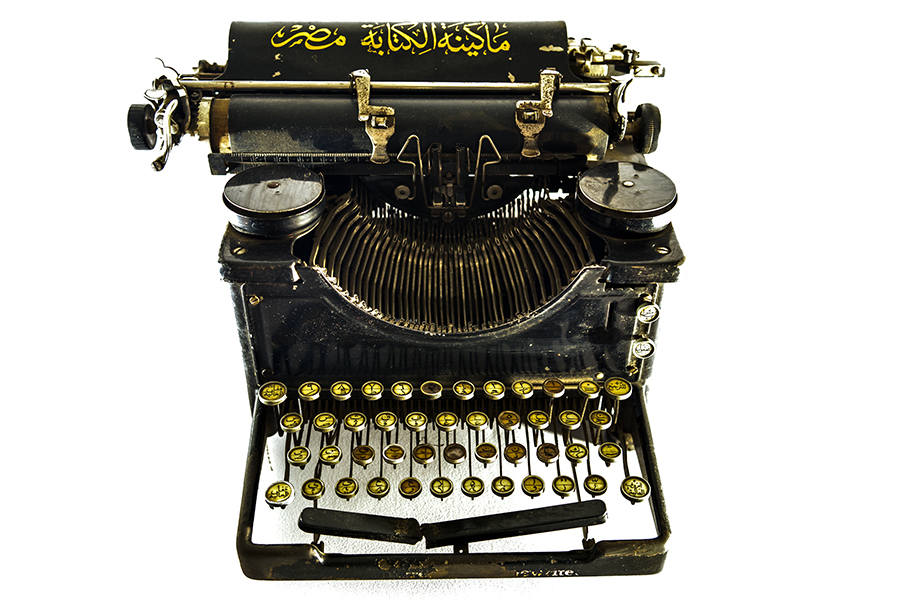Mohamed Elshahed
Rebellious Things: Object Stories from Modern Egypt
In the 1954 film Life or Death, a medicine bottle is the focal point of the entire picture. “The medicine is poisonous, the medicine is poisonous” is repeated on the radio and broadcast across Cairo, part of a citywide hunt for a girl who is carrying the wrong medicine for her ill father. This apothecary bottle representing death is chased amid the vivacious city, with cinematic shots of various new equipment for monitoring and communicating—telephones, microphones, speakers—objects that in the context of this story become instruments in a tug between life and death.
“Life & Death” is one of a dozen chapters in the book manuscript I worked on during my fellowship at the Center. The chapter looks at an array of objects that touch on themes of life and death, from a butcher block to a Coptic bread stamp (the bread representing the body of Christ as well as being an essential source of nutrition in the Egyptian diet), to an insecticide produced by Shell, to stickers mourning the death of Gamal Abdel Nasser. Life and death manifest in deeply entangled ways in Egypt, from the City of the Dead with its million living inhabitants to the printed khayamiya textile, used in ephemeral structures constructed to host weddings and funerals alike.

Nefertiti sewing machine, Egypt, 1950s, British Museum. Photo: Courtesy of Mohamed Elshahed
My book project, tentatively titled “Rebellious Things: Everyday Objects from Modern Egypt,” is based on an experimental collecting project I conducted at the British Museum in London from 2016 to 2018. As curator for modern Egypt, I was tasked with building a collection of items from Egyptian markets and collectors that represents and tells stories about life in 20th-century Egypt—a project that I wrote about for the British Museum’s blog. Over 1,000 new objects were added to the British Museum’s permanent collection, items that vary greatly in material, class, period, and theme. Many of the objects were mass-produced as affordable items for everyday use. The main challenge and research question that occupied me during my two months at the Center was how to organize the objects and select pieces to write about in the book. While in residence in Washington, I had access to library resources that greatly benefited this project.

Arabic typewriter commissioned by the Egyptian state, manufactured in Syracuse, New York, 1920s, British Museum. Photo: Courtesy of Mohamed Elshahed
Accessing literature on material culture and similar experiments in collecting objects highlighted the unique nature of this particular project and collection, and this informed the ways in which the book will be organized. “Life & Death” and “Wealth & Poverty” are chapters that each look at about a dozen objects from the collection that illustrate aspects of history that can tell us about the themes. Other chapter themes include: Time & Territory, Friends & Enemies, Present & Past, Here & There, Pleasure & Pain, and Private & Public. The work that resulted from my residency at the Center will allow for a variety of objects conveying different and complex relations to the book’s broad organizing themes to be read historically side by side for the first time.
Paris
Paul Mellon Visiting Senior Fellow, June–August 2023
For the upcoming academic year, Mohamed Elshahed will be a fellow at Columbia University’s Institute for Ideas & Imagination in Paris. During this fellowship, he plans to complete the first draft of his book.
